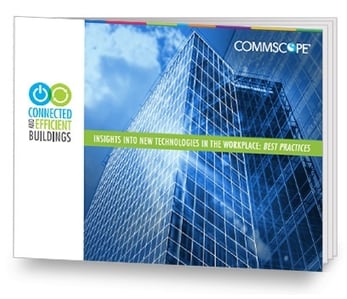Connected and efficient buildings require automated infrastructure management, or AIM. AIM systems combine intelligent hardware and software to give IT managers a full vision of all the physical connections in enterprise buildings (locally and remotely), instant knowledge of changes and generates updated reports on what devices are connected where and how.
 AIM also provides unprecedented visibility and control over their network connectivity that enables IT managers to monitor and maintain their infrastructure automatically and in real time. This significantly shortens troubleshooting time required in case of downtime, gives limitless control onto the physical infrastructure, improves work order management and better security, and improves change and asset management.
AIM also provides unprecedented visibility and control over their network connectivity that enables IT managers to monitor and maintain their infrastructure automatically and in real time. This significantly shortens troubleshooting time required in case of downtime, gives limitless control onto the physical infrastructure, improves work order management and better security, and improves change and asset management.
In an age where so many enterprise functions, processes and systems are completely dependent on a high-functioning network infrastructure, 90% of IT networks are still managed using a patchwork manual system of spreadsheets, masking tape and sticky notes. Despite having been around for almost two decades, AIM systems are just now getting serious traction on the ground and in the standards body.
More than anything, technology adoption is driven by timing. Ten years ago, the standards and proven infrastructure solutions for intelligent buildings were still very much in the development stage. The buisiness case for AIM was still unclear. Within the last few years, however, the business case for AIM solutions like CommScope's imVision has crystalized and become more compelling.
Today, enterprise network managers have begun deploying converged infrastructure networks using standards-based, low-voltage structured cabling that can support a range of devices and data types. Software and hardware vendors have significantly extended AIM's functionality while removing some of the cost barriers. Additionally, the ISO and IEC recently approved the ISO/IEC 18598 standard, which defines AIM's functional requirements, its intrinsic and extrinsic benefits, and open data exchange framework that enables communications with other building systems.
AIM supports technology adoption and the growth of the Internet of Things (IoT).
Click below to download your free Connected and Efficent Buildings eBook!
Click Here to Download Your Free eBook


.png?width=58&height=58&name=X_logo_2023_(white).png)
